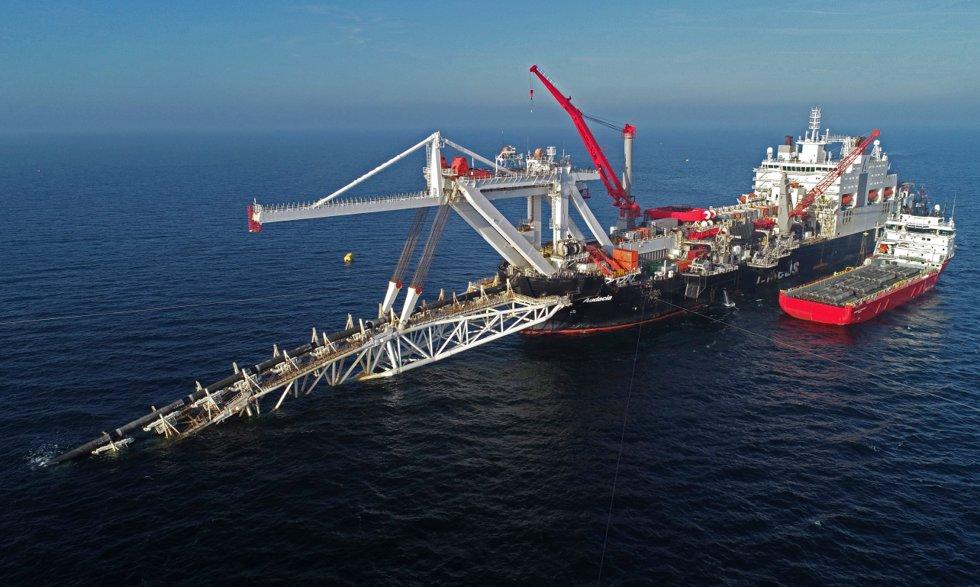Both Nord Stream 1 lines are affected, a spokesperson for operator Nord Stream AG told German news agency DPA. Capacity suddenly dropped to zero on Monday, and an investigation was launched.
German authorities inform the news agency that they do not know what caused the drop in pressure. Nord Stream 1 is the old gas pipeline that transported gas from Russia to Germany.
Problem with Nord Stream 2
On Monday, a sudden drop in pressure was also reported in Nord Stream 2, which connects Russia to Germany via the Baltic Sea. In a short time, the pressure went from 105 bars to 7 bars.
Shortly after, the Danish maritime authority Søfartsstyrelsen announced that a gas leak had been observed southeast of the island of Bornholm in the Baltic Sea, where the gas pipeline passes.
The leak poses a danger to maritime traffic in the region, according to the Danish Maritime Authority. Swedish maritime authorities have issued a shipping warning to ships in the area to stay at least five nautical miles from the site of the leak. The reason is the risk of fire in the pipeline, says a spokesman for the Swedish Maritime Administration.
The cause of the leak is not yet known. A journalist from the Brussels branch of the political site Politico tweet that officials in Berlin believe both pipelines are vulnerable to attack.
Stopped by war
The Nord Stream 2 pipeline has been almost completely built and filled with gas. But the tap never managed to turn on before Russia invaded Ukraine. Due to the war, the German authorities chose not to put the pipeline into service.
Since then, Russia has cut off gas supplies to Germany via the old Nord Stream 1 gas pipeline. Russian authorities say this is due to maintenance issues, which German authorities question.
Incidents on the gas pipelines therefore do not affect Germany’s energy supply, according to the German authorities.

“Tv guru. Analyst. Lifelong alcohol junkie. Friendly bacon specialist. Twitter nerd.”







